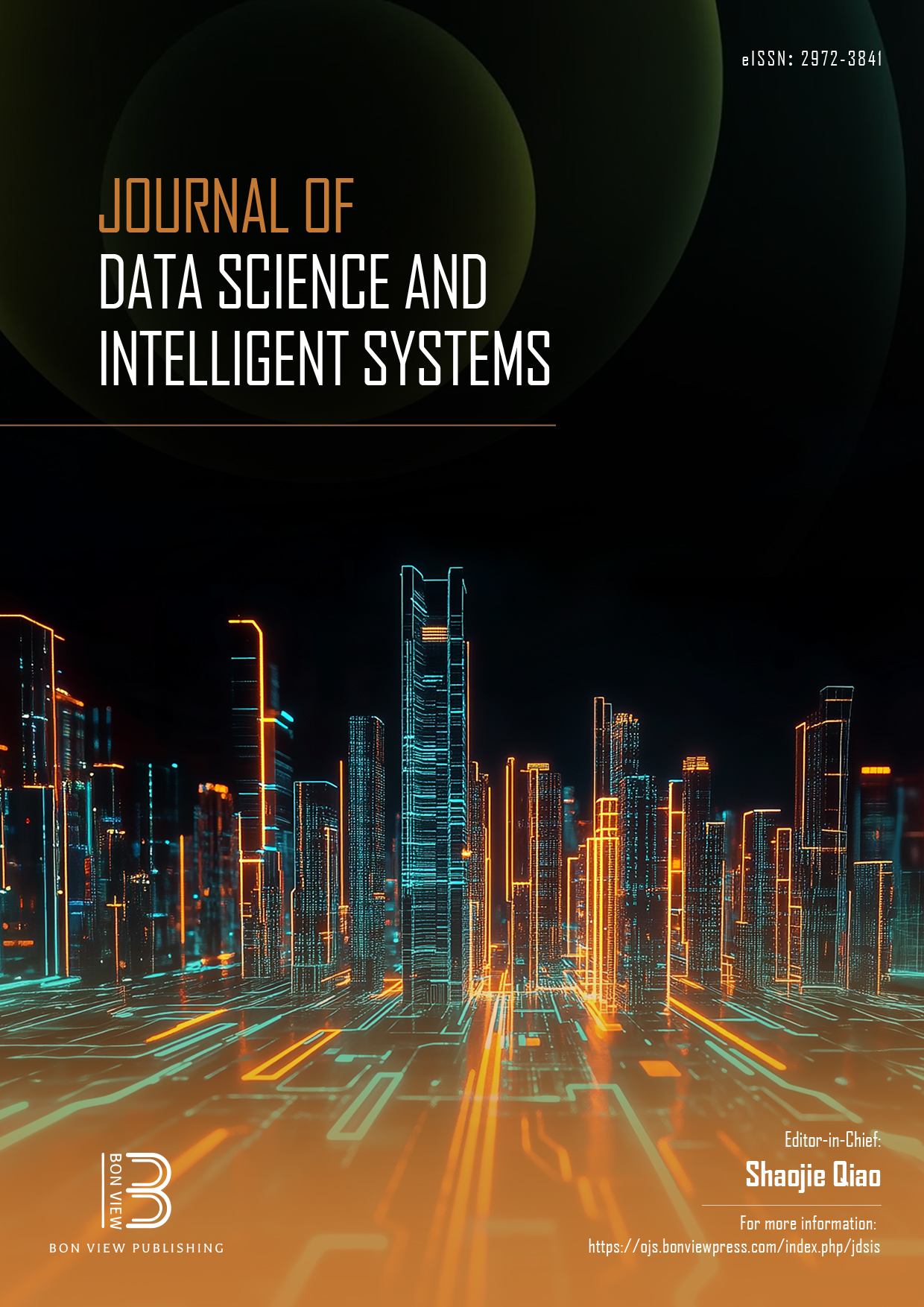A Composite Filter-Based Approach for Artifact Elimination and Segmentation of EEG Signal for Application in Brain-Computer Interface
DOI:
https://doi.org/10.47852/bonviewJDSIS42022757Keywords:
baseline wandering artifact, electroencephalogram, eye blink signal, discrete wavelet transform, moving average filter, power line interference artifactAbstract
Electroencephalogram (EEG) signal is one of the important bio-signals that can characterize different states of action. These signals are often contaminated with different artifacts. Dominant artifacts are baseline wandering, power lines, and eye blink noise. The frequencies of these artifacts overlap with the frequencies of the EEG sub-bands and create a major challenge for analysis. In the present paper, a computationally simple, robust-to-noise, and accurate EEG segmentation algorithm is developed for all dominant noise elimination from the EEG signal. The proposed method uses moving average and discrete wavelet transform (DWT) filtering techniques. The novelty of the present work lies in the use of a moving average and DWT filter that eliminates the major noises without affecting the properties of the signal and subsequent sub-band segmentation without additional signal processing. The choice of db4 as the mother wavelet reduces the computational time and complexity. The method has been tested on real-time signals acquired from 30 individuals of varying age groups. The comparative plot of acquired and clean EEG justifies the applicability and potentiality of the method for various applications including brain–computer interface. The relative root mean square error (RRMSE) between the acquired and filtered signal is only 0.14 ± 0.03, which reveals that the filtering stage did not have any loss to the vital signature properties. The earlier reported literatures have the best possible value of RRMSE to be 0.42 ± 0.00, which is quite a distance apart from the present result. The proposed algorithm can be a suitable option for major artifact elimination and EEG segmentation in low-cost single-channel EEG systems because of its (a) computational efficiency; (b) filtering of contaminated EEG signals; (c) automatic operation, requiring no human intervention; (d) noninvasive nature, preserving unaltered EEG sub bands and (e) low complexity, requiring no artifact reference.
Received: 4 March 2024 | Revised: 28 May 2024 | Accepted: 5 July 2024
Conflicts of Interest
The authors declare that they have no conflicts of interest to this work.
Data Availability Statement
Data are available from the corresponding author upon reasonable request.
Author Contribution Statement
Avishek Paul: Conceptualization, Methodology, Software, Validation, Formal analysis, Investigation, Resources, Data curation, Writing — original sraft, Writing — review & editing, Visualization, Supervision, Project administration. Saurabh Pal: Conceptualization, Investigation, Writing — review & editing, Supervision, Project administration. Madhuchhanda Mitra: Conceptualization, Investigation, Writing — review & editing, Supervision, Project administration.
Downloads
Published
Issue
Section
License
Copyright (c) 2024 Authors

This work is licensed under a Creative Commons Attribution 4.0 International License.


